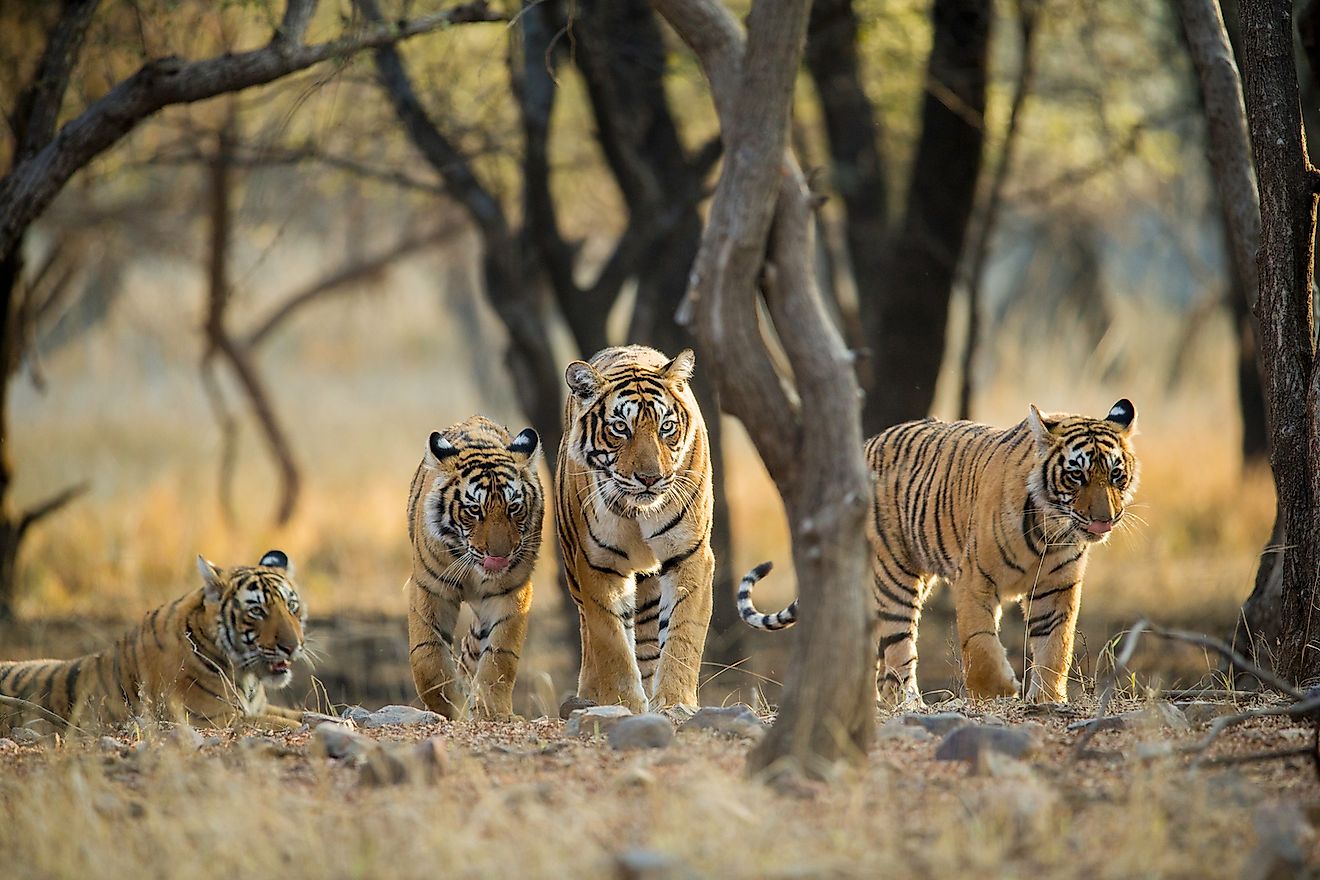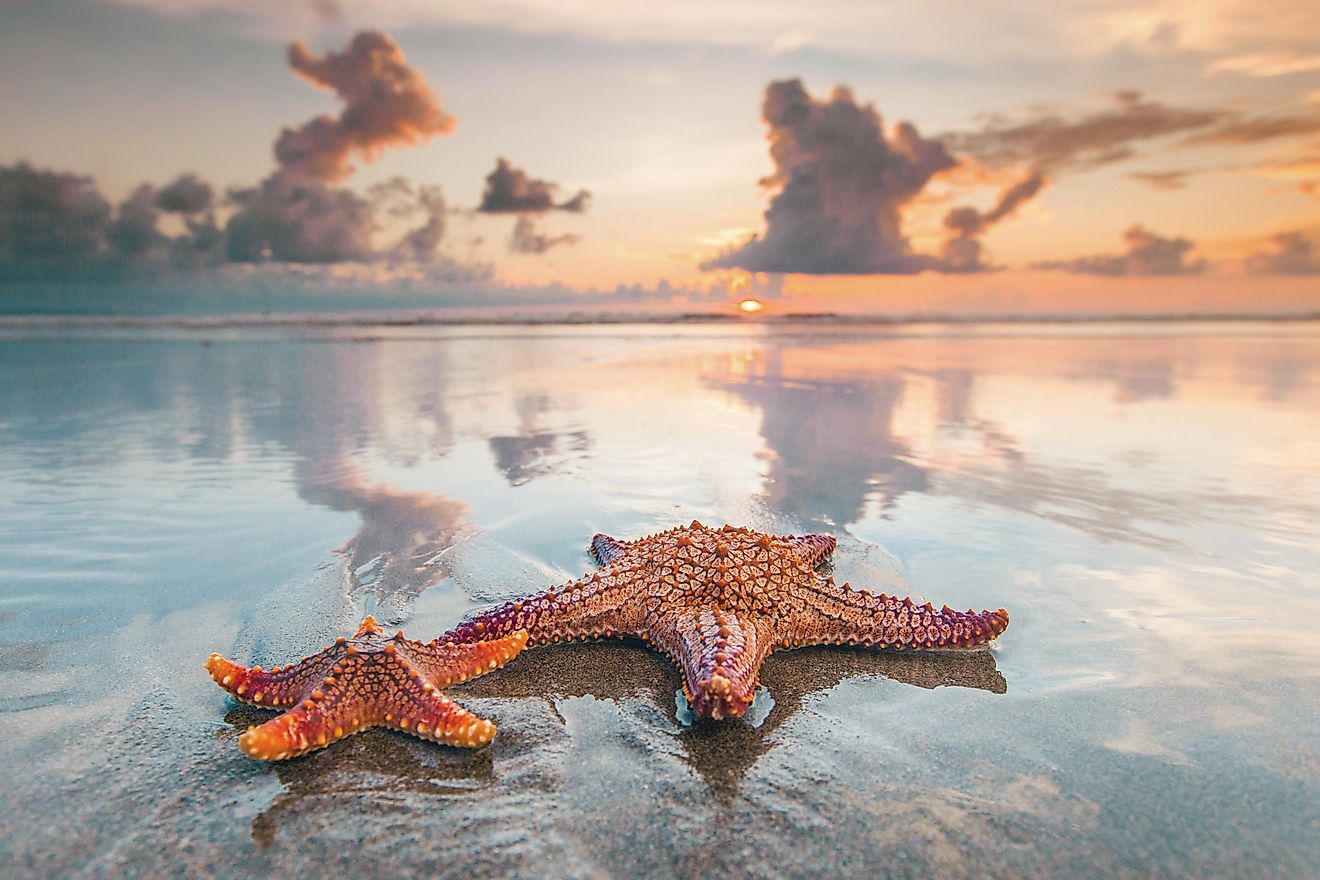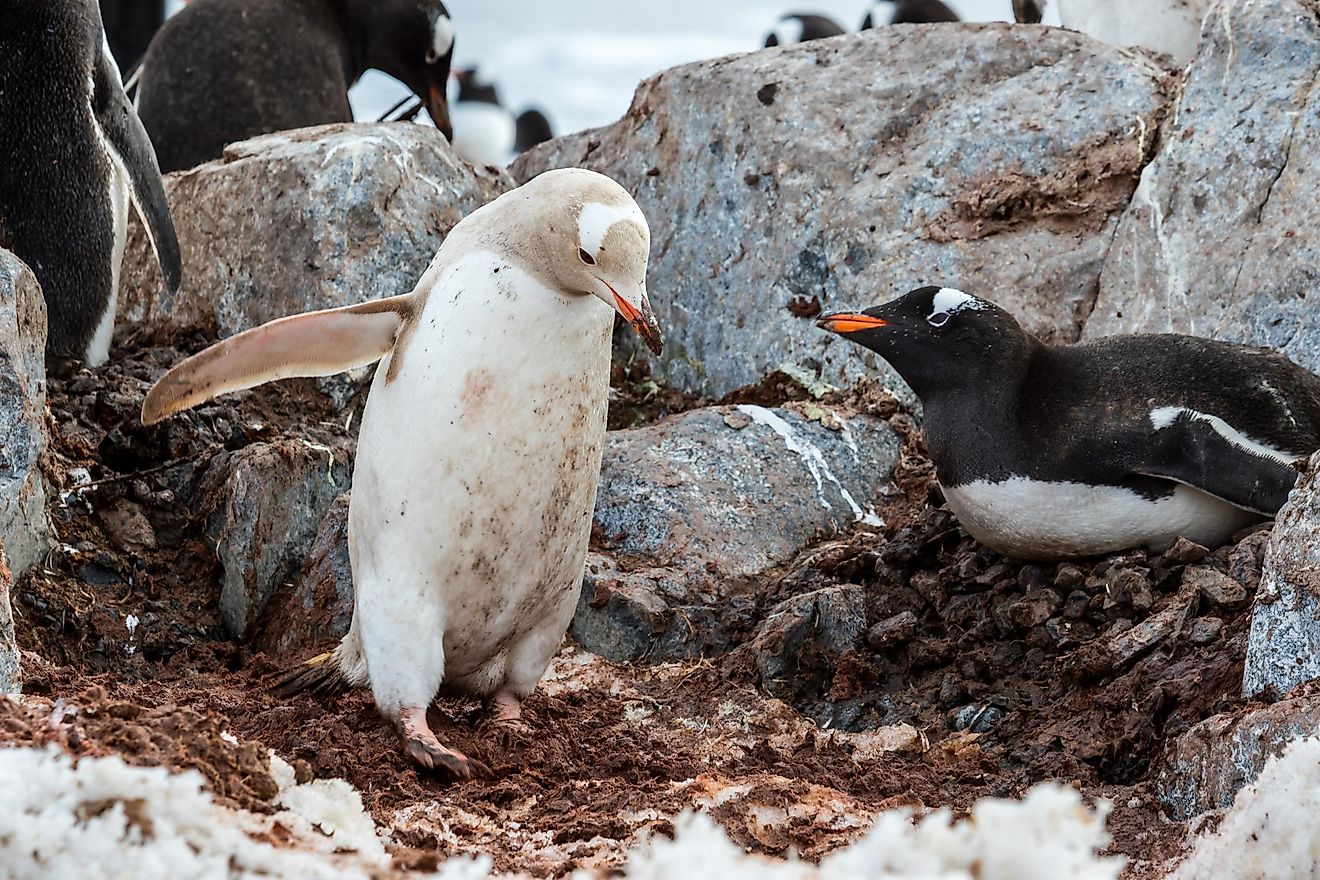How Does Asexual Reproduction Happen?

- The main difference between asexual and sexual ways of reproduction is that the former one produces mostly genetically identical individuals.
- Plants that develop from a successful asexual reproduction usually grow much faster and reach the adult plant stage sooner.
- Some fish also practice, and this is really cool: sequential hermaphroditism. That means that the fish can change sex at some point in its life to reproduce. Ocellaris clownfish is probably the most famous sex-changer of them all.
Asexual reproduction is not common, at least from a perspective that focuses on one particular feature of an organism, which is complexity. Asexual reproduction is the primary way in which bacteria reproduce. However, more examples of asexual methods of reproduction exist in the world of some other multicellular animals, plants, sea anemones, and starfish.
Sexual Vs. Asexual Reproduction
First of all, what is special about asexual reproduction, and why is it so much less common way of maintaining a species? Well, in this process, male and female cells that are usually involved in fertilization do not come in contact. With animals and humans, the creation of the zygote, a place where male sperm cells and female eggs come together, depends on this contact.
However, in the world of bacteria, there is no need for this, and they can produce, and this is the crucial part: genetically identical offspring. You could say that the newborn bacteria is an exact copy of its mom. Or dad, it does not matter, as bacteria have no sex, which makes the whole asexual reproduction choice much more apparent.
This is a critical difference to understand because, in sexual reproduction, something that always occurs is gene combination. Every new animal or a human that is born is unique, as there are no genetic copies that exist out there. Maybe in a parallel universe, but definitely not in this space-time.
Vegetation In Plants
In the world of plants, there are numerous examples of asexual reproduction. Potatoes, daffodils, garlic, gladiolus, ginger, strawberry are just some of the types of plants that practice asexual reproduction.
There are two ways plants do this. First is known as vegetative reproduction. This means that new plants are created without seeds or spores. For example, ivy utilizes another root, other than the one that is on (what could be considered) the primary root, to grow new plants. The other way is called apomixis, and that means that the seeds are produced without fertilization. In this case, from the ovary (which is a diploid cell), new seeds rise.

Plants that reproduce asexually have one huge evolutionary benefit. They can reach the mature stage much faster than others, as they mostly grow from already strong adult plants, having all the benefits in terms of protection and resource availability.
Nothin' But Mammals?
Asexual reproduction is far less common with animals than it is with plants. However, it does happen with invertebrates. These are the animals that do not have a spine: many insects and arachnids, mollusks, snails, squids, hydras, etc. Invertebrates are very special, as many of them can reproduce both sexually and asexually.
Another scenario that can happen with animals when it comes to creating life is hermaphroditism. Many of the lower invertebrates species are unique in a way that one individual can have organs needed for reproduction - but from both sexes. As you see, both animals and plants have found surprising ways to keep their species going, much of them not involving the standard process of fertilization.











